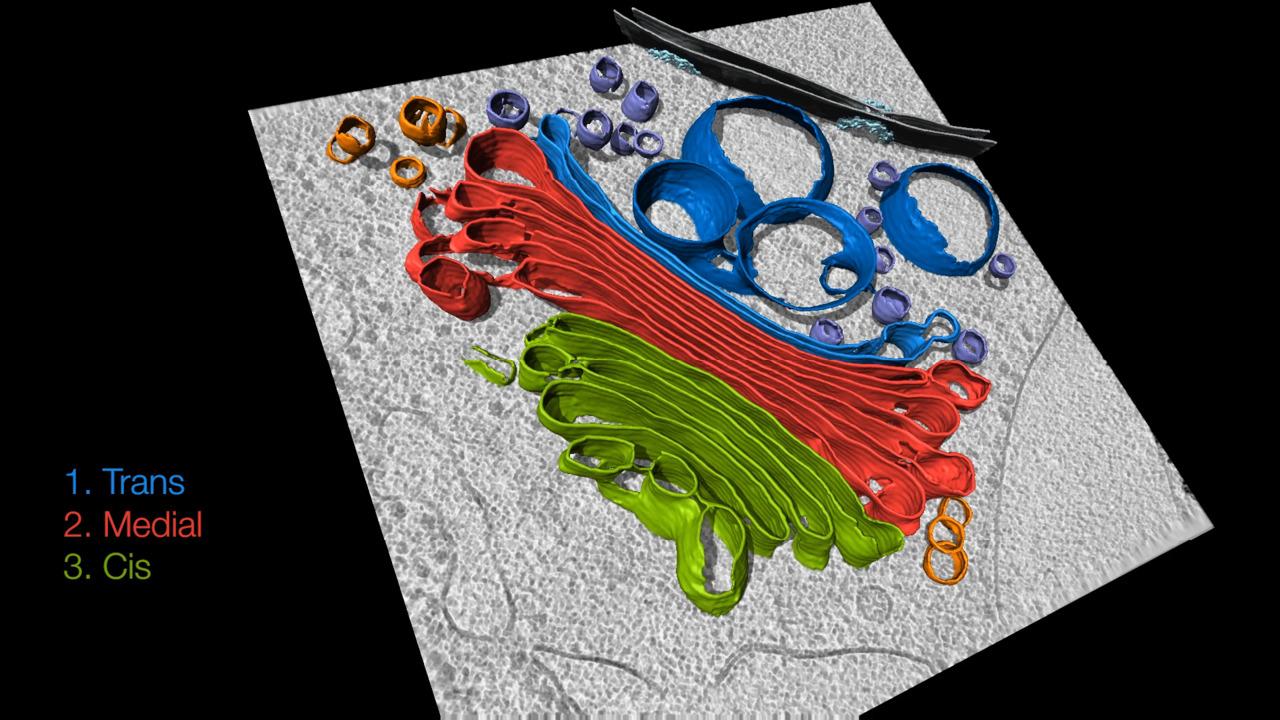Search Thermo Fisher Scientific

Aquilos 2 Cryo-FIB uses and applications
The Thermo Scientific Aquilos 2 Cryo-FIB supports the preparation of cryo-lamellas by providing dedicated software guidance and easy to-use setup and alignment procedures. The guided workflow allows the selection of multiple points of interest and then automatically prepares several lamellae autonomously in unattended runs. This support enables you to quickly familiarize yourself with the system and get up to speed in cryo-sample preparation and lamella milling for cryo-tomography or MicroED.
Cellular cryo-electron tomography
With the Aquilos 2 Cryo-FIB, you can take a revolutionary step forward by automating steps in the workflow to produce multiple lamellas from specific programmed locations. The improved dedicated cryo-hardware will provide you with longer run times at ultra-low contamination rates. Discover how our latest cryo-FIB platform enables the determination of structures right inside the cell.
Correlative fluorescence and electron imaging
The Thermo Scientific iFLM Correlative System (Integrative Fluorescence Light Microscope) allows you to combine fluorescence imaging and ion milling. The iFLM Correlative System is an optional, versatile optical module that can also be retrofitted into existing Thermo Scientific Aquilos Cryo-FIBs. The iFLM Correlative System allows samples to be imaged directly within the high vacuum of the Aquilos 2 Cryo-FIB without additional transfer steps from an external cryo-light microscope. This saves time and reduces the risk of sample contamination. Fluorescently marked cells can be located directly in the Aquilos 2 Cryo-FIB enabling rapid identification of cell phenotypes and the subsequent selection of target sites for cryo-lamellae production. Correlation with the iFLM Correlative System allows the lamella milling process to be monitored step-by-step to ensure that the target is contained in the final lamella.
Cryo-FIB milling for MicroED analysis
The Aquilos 2 Cryo-FIB can be used to thin intermediate sized crystals, considerably extending the available range of crystal sizes for MicroED analysis. It also helps reduce the time spent screening for suitable nanocrystals; crystals of any size can be used and thinned by milling, thereby streamlining sample preparation. Large crystals with a thickness of several micrometers, which would otherwise not be suitable for MicroED, can now be thinned to a thickness of 100-300 nm using the Aquilos 2 Cryo-FIB. This enables structure determination from crystals that were previously considered too large for these experiments. Since many sample production methods produce crystals that are too small for X-ray analysis and too large for MicroED, cryo-FIB sample preparation opens a new range of accessible samples. The technique can therefore bridge the gap in crystal size between synchrotron micro-crystallography and electron diffraction analysis of nanocrystals.
For Research Use Only. Not for use in diagnostic procedures.
